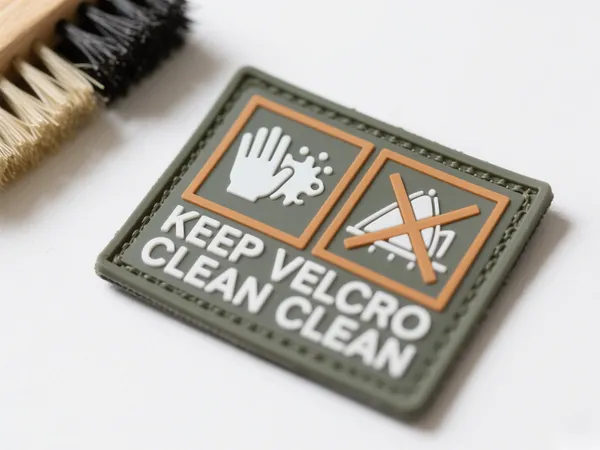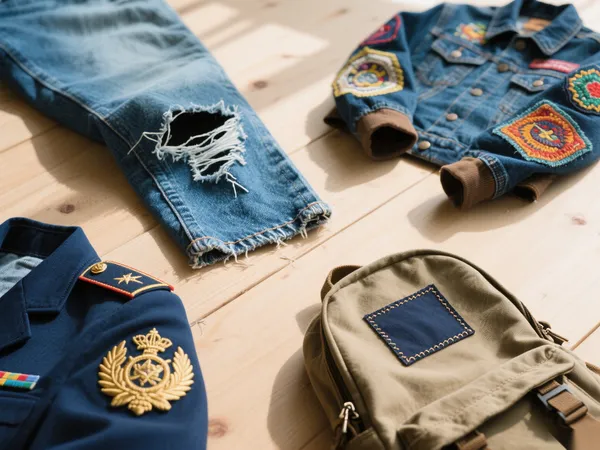A criação de peças confortáveis, duráveis e elegantes começa com os materiais certos:Cintura elástica é um divisor de águas. Seja você um fabricante de roupas, um entusiasta do "faça você mesmo" ou um sourcing de negócios acessórios têxteis de alta qualidade, este guia analisa o porquê cinta elástica tecida assuntos importantes, como escolher as melhores opções e por que a parceria com um fabricante especialista como nós garante resultados superiores. Descubra insights práticos, segredos do setor e dicas práticas personalizadas para aprimorar seus projetos.
1. O que é cinta elástica e por que ela é importante?
Cinta elástica é uma faixa têxtil elástica tecida com materiais como polyester, borracha ou fibras misturadas. Ele foi projetado para fornecer flexibilidade e retenção de forma, tornando-o ideal para cós, tiras e acessórios de vestuário.
- Key Features:
- Alongamentos 18–66 vezes seu comprimento original sem perder elasticidade.
- Disponível em larguras que variam de 10 mm a 100 mm.
- Resistente ao desgaste, umidade e exposição UV.
Para empresas, cinta elástica é uma solução econômica para vestuário, mochilas, and even estofamento de móveis. Sua versatilidade garante um desempenho consistente em todos os setores – desde etiquetas de roupas personalizadas para alças ajustáveis.

Alt: Cintura elástica de alta qualidade para construção durável da peça.
2. Como escolher a largura certa para sua cintura?
O largura A elasticidade da sua cinta impacta o conforto e a funcionalidade. Por exemplo:
| Aplicativo | Largura recomendada |
|---|---|
| Lingerie | 10–15 mm |
| Saias/Calças | 25–40 mm |
| Roupas esportivas | 50–75 mm |
| Equipamento para atividades ao ar livre | 75–100 mm |
- Elástico largo (50+ mm) oferece suporte robusto para vestuário resistente.
- Bandas estreitas (10–25 mm) adequado para tecidos delicados como lingerie ou tiaras.
Dica profissional: sempre teste capacidade de alongamento e durabilidade antes de pedidos em grandes quantidades.
3. Por que os cós elásticos são essenciais nas roupas modernas?
Cós elástico revolucionar o conforto em design de vestuário. Eles eliminam a necessidade de zíperes ou botões, oferecendo um ajuste confortável para diversos tipos de corpo.
- Benefícios:
- Melhora a mobilidade em sportswear e roupas esportivas.
- Simplifica a produção—costurado diretamente no tecido para acabamentos perfeitos.
- Reduz o desperdício de material com precisão dimensionamento personalizado.
For fábricas de roupas, integrando cós elástico de alta qualidade significa menos devoluções e maior satisfação do cliente.
4. Quais tecidos funcionam melhor com cintas elásticas?
Emparelhando o direito fabric com cintas elásticas garante longevidade:
- Tecidos de malha: Alongamento natural, ideal para leggings e Camisetas.
- Tecidos: Requer elástico mais largo (por exemplo, 40 milímetros) para evitar que role.
- Têxteis para exterior: Usar elástico de borracha para resistência às intempéries.
Estudo de caso: Uma marca líder em artigos esportivos reduziu os rasgos nas costuras em 30% após mudar para cinta elástica trançada.
5. Elástico personalizado vs. elástico padrão: qual você deve escolher?
Cinta elástica personalizada permite que você controle:
- Color: Combine a estética da marca (por exemplo, neon para roupas esportivas).
- Padrão: Adicione bordas decorativas ou logotipos.
- Material: Opte por produtos ecológicos polyester ou misturas hipoalergênicas.
For compradores atacadistas, opções personalizadas simplificam a marca em produtos como etiquetas tecidas e hangtags.
6. Como costurar cós elástico para obter resultados profissionais?
Siga estas etapas para uma integração perfeita:
- Medir: Corte o elástico para 90% da circunferência da cintura.
- Ponto: Use um ponto ziguezague para acomodar o alongamento.
- Seguro: Costure duas vezes as pontas para evitar que desfiem.
Pro Tip: Use elástico macio para roupas de bebê para evitar irritações na pele.
7. A cinta elástica pode melhorar roupas esportivas e para atividades ao ar livre?
Absolutely! Faixas elásticas em mochilas e equipamento para atividades ao ar livre fornecer:
- Alças ajustáveis para distribuição ergonômica do peso.
- Acabamentos resistentes às intempéries para roupas de caminhada.
Confira nosso Patches Tecidos do FC Barcelona para ideias de personalização esportiva.
8. O que torna a cinta elástica durável?
Elástico tecido supera as variantes de malha devido a:
- Apertado padrões de trama que resistem à deformação.
- Misturas de poliéster e borracha que suportam mais de 50 ciclos de lavagem.
For enterprises, isso se traduz em menores custos de substituição e clientes mais felizes.
9. Estudo de caso: Histórias de sucesso com cós elástico
UM fornecedor de uniformes de supermercado mudou para o nosso elastic waistbands e vi:
- 20% tempos de produção mais rápidos.
- 15% menos reclamações de clientes sobre o ajuste.
Explore our Custom Clothing Woven Labels para sinergias de marca.
10. FAQs: Suas perguntas urgentes respondidas
Como faço para evitar que o elástico enrole nas saias?
Usar elástico largo (30+ mm) e costure-o em um tecido de forro que não estique.
As cintas elásticas podem ser recicladas?
Sim! Elástico à base de poliéster é reciclável, alinhado com iniciativas ecológicas.
Qual é a diferença entre elástico trançado e tecido?
O elástico trançado estreita quando esticado, enquanto o tecido mantém sua largura.
Quanto tempo dura a cinta elástica?
Variantes de alta qualidade perduram 5–7 anos com os devidos cuidados.
Vocês oferecem opções ecológicas?
Yes! Our Eco-friendly Rubber Patches complementam linhas elásticas sustentáveis.
Posso encomendar amostras antes da produção em massa?
Com certeza - fornecemos amostras para garantir nossa faixas elásticas atender às suas especificações.
Principais conclusões
- Cinta elástica é versátil, durável e essencial para o vestuário moderno.
- A personalização melhora a marca e a funcionalidade.
- Partner with experts for soluções de atacado de alta qualidade.
Impulsione seu próximo projeto com nosso Cinta elástica na cintura ou explorar Etiquetas para pendurar roupas para uma marca coesa.



